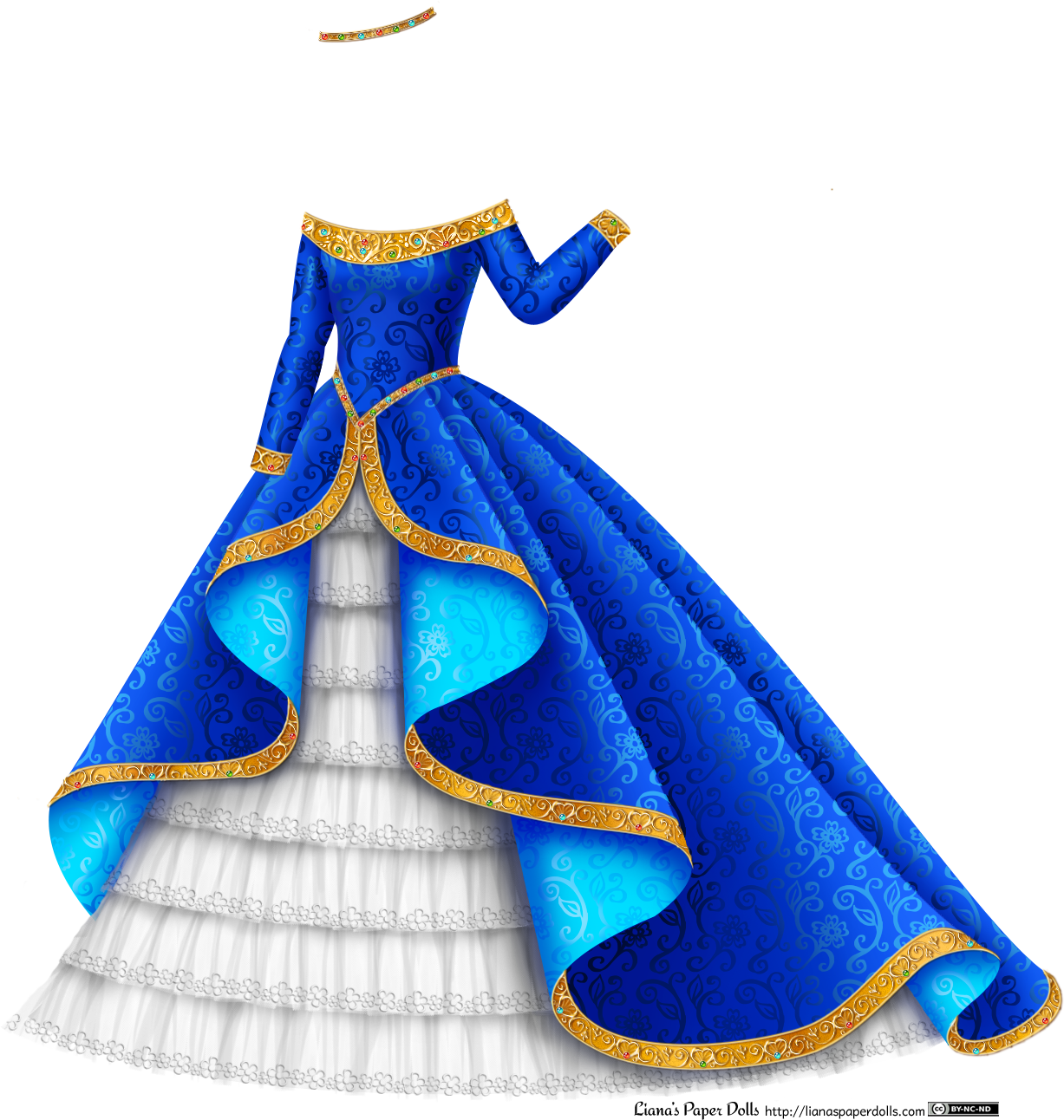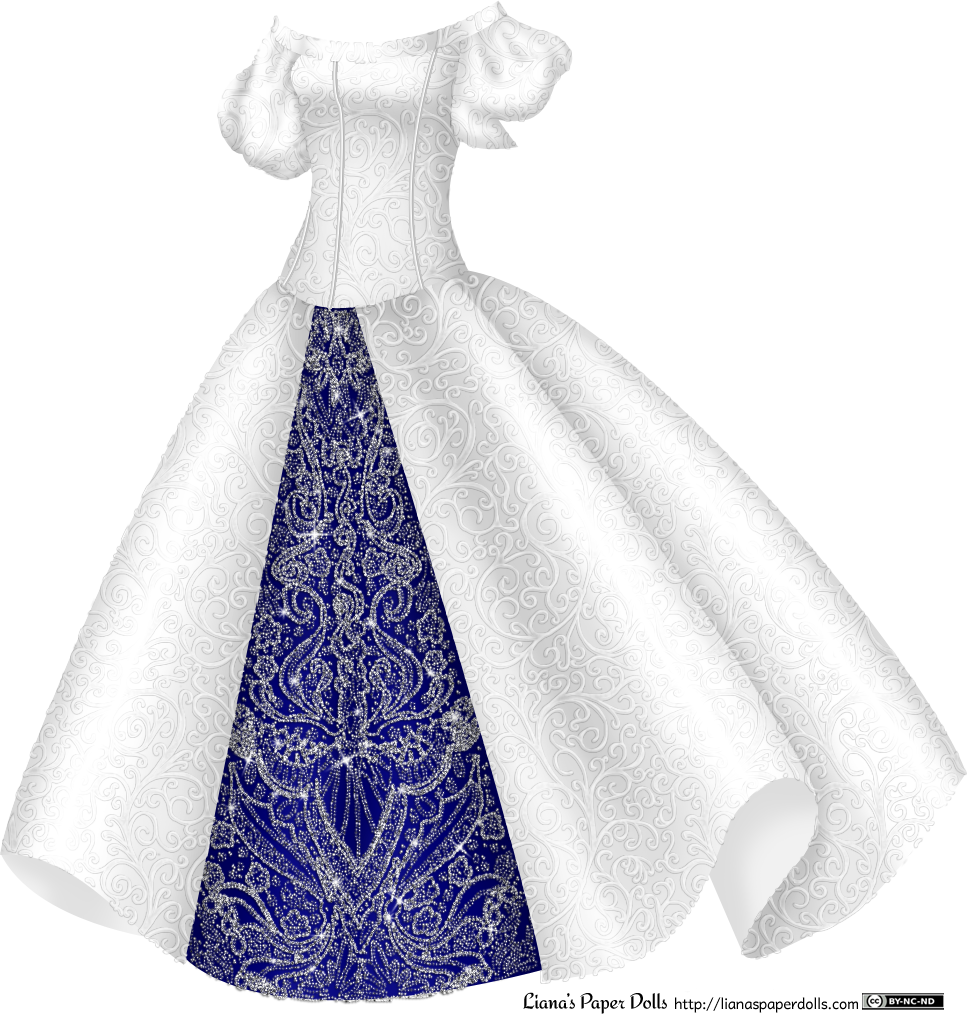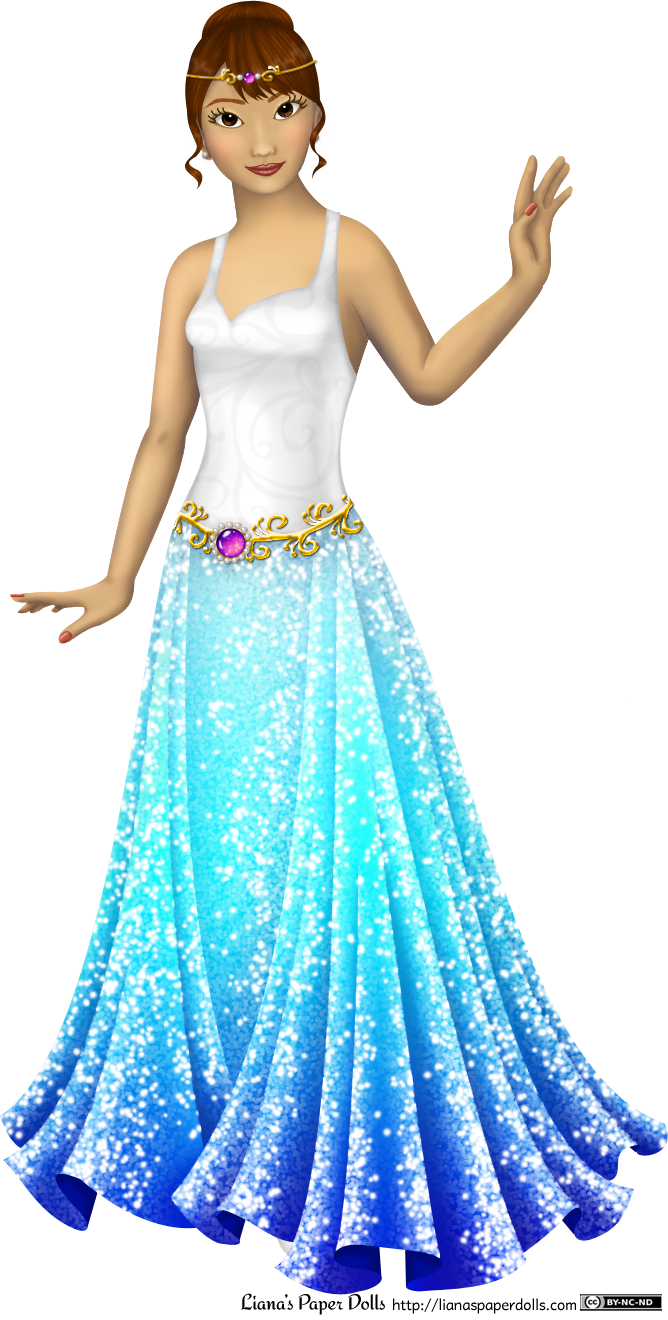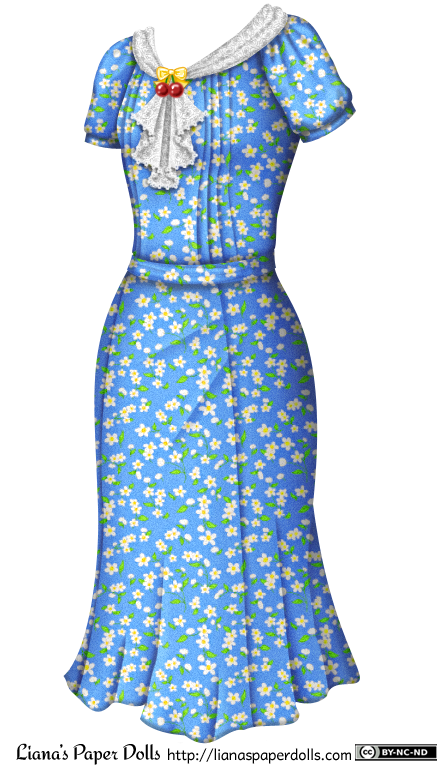 I’ve had princesses on my mind lately. The popularity of princesses (particularly the Disney Princess line) is often viewed, especially from a feminist perspective, as a rather embarrassing phase for parents to suffer through, but I’m as feminist as they come, and I think there’s more to it. Why are stories about princesses so compelling to such a wide audience, and why is princess culture so pervasive? I believe it’s because stories about princesses reflect the struggles of the readers, because princesses are unabashedly feminine icons in a society that often disparages women, and because princesses as a character archetype have a surprising amount of flexibility and interest.
I’ve had princesses on my mind lately. The popularity of princesses (particularly the Disney Princess line) is often viewed, especially from a feminist perspective, as a rather embarrassing phase for parents to suffer through, but I’m as feminist as they come, and I think there’s more to it. Why are stories about princesses so compelling to such a wide audience, and why is princess culture so pervasive? I believe it’s because stories about princesses reflect the struggles of the readers, because princesses are unabashedly feminine icons in a society that often disparages women, and because princesses as a character archetype have a surprising amount of flexibility and interest.
The word “princess” comes loaded with significance. (Just come up with a good noun and slap “The Princess And The” in front of it: there’s your story title!) We’re all aware of the historical concept of a princess, and readers know in reality that being a princess probably wasn’t such a great gig. After all, a princess’ marriage was likely decided by political factors, her power often depended on the favor of other people, and she wasn’t likely to have much personal freedom. Still, she probably had some influence and resources that weren’t available to an average woman (and to be sure, her dresses were better).
We readers know these things before we even start reading, so when we encounter a princess in a story we immediately understand she has certain pressures and obligations, as well as some degree of power and privilege. Her position in life makes the stakes higher than they would be for a regular person, which adds tension and drama to the story, but at the same time we understand her problems and relate to them. After all, a princess in a story is likely to worry about things like pleasing her family, living within certain restrictions, finding love and making a place for herself in her world — all things that we readers understand just as well. The limitations and expectations each princess has to cope with and the way she finds her power reflect the conflict between the reader’s desires and our obligations and duties.
In other words, a modern story about a princess is likely to be a story about a woman finding her source of power and taking control of her life. There will probably be some existing limitations, because a princess with no problems or obligations whatsoever may seem unrealistic, but there also have to be opportunities for her to try to get what she wants, because a character that is too bound by outside forces to do anything is problematic both from a storytelling perspective and from a feminist one. So for the story to be compelling, a princess character with limitations in one area has to have some degree of freedom in other ways.
How this plays out is different for each story, and depends on the setting and the characters. A character with little agency like Sansa Stark from Game of Thrones who finds herself trapped among hostile people and has to develop alliances and soft power skills to survive is at one end of the power scale; on the other end are characters like Merida from Brave, who’s an excellent archer and is able to just leave the castle on horseback and go climbing mountains on her own, but still has to deal with being betrothed and comes to learn the value of her mother’s way of doing things.
One major source of power for most princesses is that they tend to embody a lot of what our culture considers feminine virtues, and I think that the celebration of these virtues is something else that causes them to be compelling, particularly to young girls. Modern princesses might even throw a mean punch and be clumsy, like Anna, or have magical powers and a repressed desire to wear a slinky dress like Elsa, but they’re fundamentally admirable people. We all respond positively to beauty, open and loving natures, concern for others and so on, and as we all believe we’re the hero of our own story, it’s easy to identify with these figures, particularly young girls who are just starting the process of figuring out this “being female” business.
In this sense, being a princess has nothing to do with birth and is entirely a matter of one’s state of mind — Cinderella was as much a princess in her ragged clothing as she was in her ball gown — and for that reason a princess can be both inspiring and an accessible role model. This is, of course, the whole point of the novel A Little Princess, whose heroine, who was merely rich, not technically a princess, strove to be an admirable, princess-like person even when impoverished and humiliated.
The flip side of this is that we too soon learn that, in our culture, all these virtues come with serious downsides. Being entirely free to express or not express femininity as you please is tricky, because if you’re perceived as overdoing or underdoing it relative to the situation you may get harassed or not taken seriously; the way that you personally want to present yourself is often a secondary consideration to how your appearance will be viewed by others, and not getting it right can lead to social punishment. What should be fun is actually complex and demanding in ways that are hard to see. As for those virtues, innocence, friendliness and generosity often get taken advantage of, and being modest, self-sacrificing and willing to take care of others generally doesn’t lead to financial security and respect in our capitalist society. The image of being “too good” or “too feminine” is one that women sometimes feel they explicitly have to move away from to be taken seriously. Princesses seem to escape all of this: their virtues are precisely what gain them power and respect, they get to wear the pretty dress and sing to wildlife without anyone thinking less of them and they don’t have to compromise what they like and what’s important to them to be taken seriously.
So I see the popularity of the Disney Princess line among adults and children (mostly women and girls, but there are men and boys who love them too) as a way of showing appreciation for the positive aspects of values such as kindness, friendliness and gentleness, as well as for the more theatrical aspects of femininity such as an interest in beauty and clothes for their own enjoyment, not for attracting men or projecting an image. I think we appreciate these things because they’re fun and they make the world a better place, but also because we know that they’re fragile and often not treated with justice in a society that is too often unkind to women and places impossible demands on them.
As the roles of women have been evolving, so too have the roles princesses play in stories, and I think that today there’s a lot of room for interesting stories about princesses. Of course, I’d like just as well to see plenty of interesting stories about girls and women without noble titles, and I worry that the focus on princesses is too limiting — sure, if I was in charge of counting the money the Disney Princess line brings in, I’d probably want all of our protagonists to be princesses forever and ever too, but there are so many other stories to be told. (I get a lot of stories about non-princess women from webcomics these days — Nimona, Namesake, Ava’s Demon. I have to mention Blindsprings, too, even though it’s about a princess.) Still, as I touched on before, princesses come with a history, and skillful, unexpected use of this history can make them relatable and fresh-feeling characters — that’s an attractive thing for a writer. Modern audiences already know the standard princess stories and tropes; as the success of Frozen shows, we’re now interested in seeing them toyed with and used in surprising ways. Princesses have the potential to surprise now more than ever.
I am going to shoot for doing a new doll next week, but it’s just as likely I won’t be able to finish in time, in which case I don’t know what I’ll be doing! Don’t forget that you can now download combined color and black and white PDFs of all of my 2014 dolls and outfits for free! Also follow me on Facebook, Twitter or Pinterest for sneak previews, paperdoll thoughts and lots of fashion plates. If you enjoy my work, I’d also appreciate your support through Patreon.
 Another princess dress! I’m still not ahead, but it’s not really a surprise. I haven’t had a lot of spare time this week and I’m just happy I finished this one! The design on the blue part is inspired by dresses I’ve seen on Pinterest like this blue gown. It’s the first time I tried this particular technique, I will probably use it often but refine it. I’m already wanting to change it on this dress, but… it’s time to post!
Another princess dress! I’m still not ahead, but it’s not really a surprise. I haven’t had a lot of spare time this week and I’m just happy I finished this one! The design on the blue part is inspired by dresses I’ve seen on Pinterest like this blue gown. It’s the first time I tried this particular technique, I will probably use it often but refine it. I’m already wanting to change it on this dress, but… it’s time to post! Share
Share

